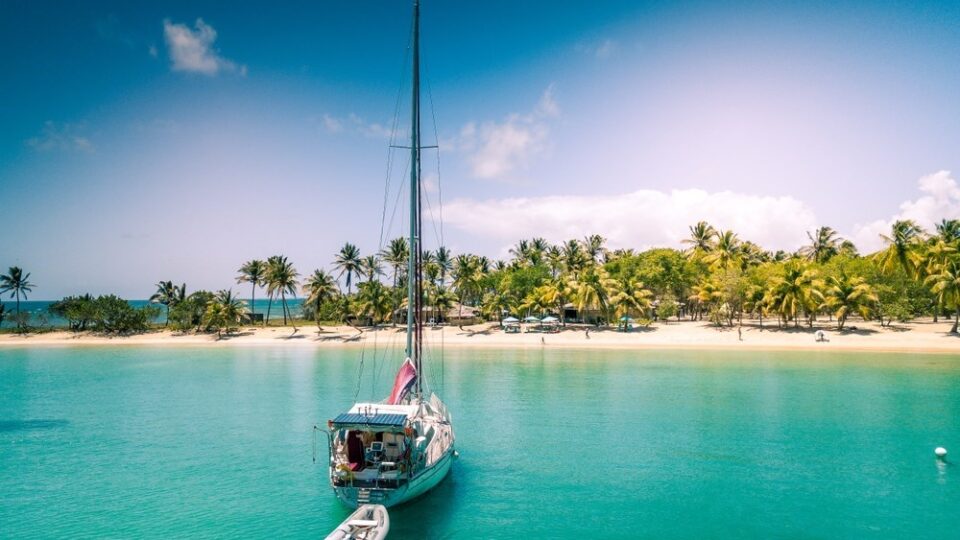Best Sailing Destinations in Hawaii
From the ancient Polynesians who initially inhabited the Hawaiian islands to European, American, and Asian explorers who subsequently sailed across on big ships, Hawaii has long been a popular destination for seafarers. Serious sailors and racers have long considered Hawaii to be one of their favorite sailing destinations; yet, leisure sailing options are often overlooked on an island state where everything must travel across an ocean. This is because weather conditions beyond the coasts might be difficult at times, necessitating local knowledge. If you take a wrong turn, you can find yourself surfing some of Hawaii’s most famous waves but without a surfboard! But, everything’s possible with careful planning beforehand. So, in this article, I’m going to list the best sailing destinations in Hawaii in order to give you some ideas about your sailing voyage. Follow me!
Maui Island
Maui has always been a popular tourist destination because it embodies everything that people think of when they picture Hawaii. That is a stunning combination of beaches, volcanoes, palm trees, and tropical agriculture. Maui, the second-largest island in the chain, is known for its natural environment and wildlife. It includes two major volcanoes, whale watching, and marine habitats, as well as secluded, untouched areas such as Hana. You can sail the calm, clear waters of the Auau Channel, which runs between Maui, Lanai, and Molokai and is known for its whale-spotting opportunities. A day’s journey to the neighboring island of Lanai can be taken from West Maui’s historic Lahaina Harbor.
The Pailolo Channel, the Auau Channel, and Ma‘alaea Bay are three of Maui’s top sailing spots. The Pailolo Channel is a canal that connects Maui and Moloka’i islands. Note that the Pailolo Channel offers the most consistent sailing of all the Maui sailing trips, especially during the summer. Consider experiencing a Discover Ka’anapali snorkeling excursion if you set sail from Honolua Bay during both the northerly and easterly trade winds.
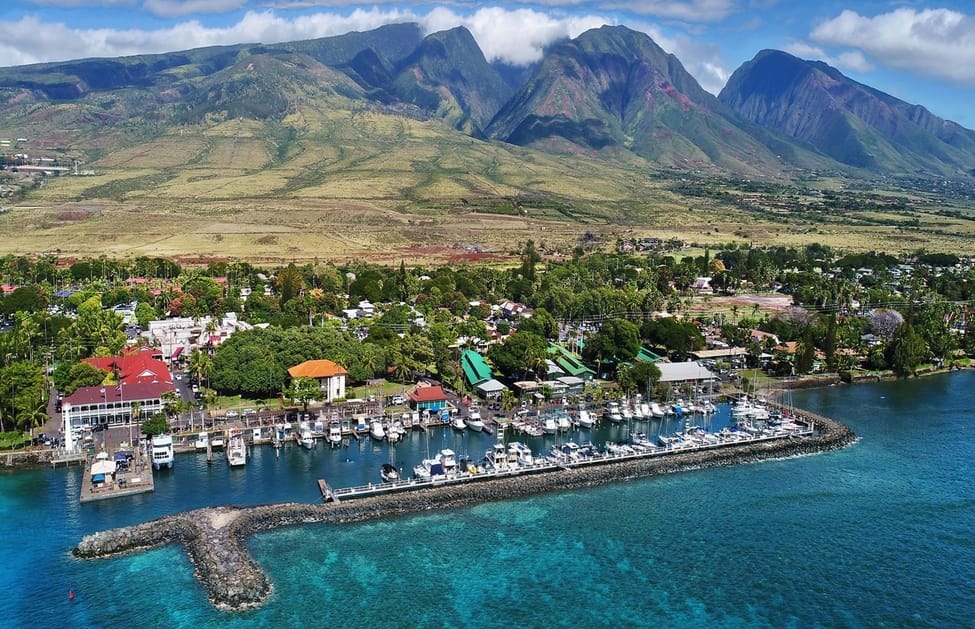
Hawaii – The Big Island
The Big Island has more coastline than any other Hawaiian island and it’s basically a marine life sanctuary. The waters of the Kona coast are tranquil because the Mauna Loa volcano protects them from the breezes. This makes it ideal for snorkeling and diving, with a plethora of green sea turtles and fish species. Note that the coral reef and other underwater life around the island are fragile. In other words, it’s advisable not to touch them.
Kohola, or whales, can be spotted throughout the winter months. You might also see sperm whales, pygmies, and false killer whales, year-round. It is possible to see them from the water’s surface, providing you with a memorable experience! You may also see them from the Kohala shoreline and the Puukohola Heiau National Historic Site from the coast. On the east side of the island, Hilo Bay is an excellent place to go whale watching. The Kona Coast of the island is an excellent area to go on a fishing tour. There, you can observe marlin, mahimahi, ono, and ahi species.
Kauai Island
Kauai is a famous island for its lush landscape. Note that the only navigable rivers in Hawaii are found on Kauai. The Hanalei River, Huleia River, and the peaceful Wailua River. For kayakers, the Wailua River is the most popular. The beautiful beaches of Kauai provide a variety of activities for the less adventurous, including swimming, snorkeling, and surfing courses. You can also see whales from the many gorgeous beaches on Kauai. On the South Shore, there’s Poipu Beach. And, on the North Shore, there’s Kilauea Lighthouse and the Kalalau Trail on the Napali Coast.
The Napali Coast is a 17-mile stretch of Kauai’s North Shore that offers visitors breathtaking natural beauty. Cliffs and ridges rise above the ocean, with magnificent beaches and waterfalls cascading from the cliffs. Due to the difficulty in reaching its coasts, the Napali area is mainly untouched. The only way to get to the beach is by boat unless you hike in along the coast.
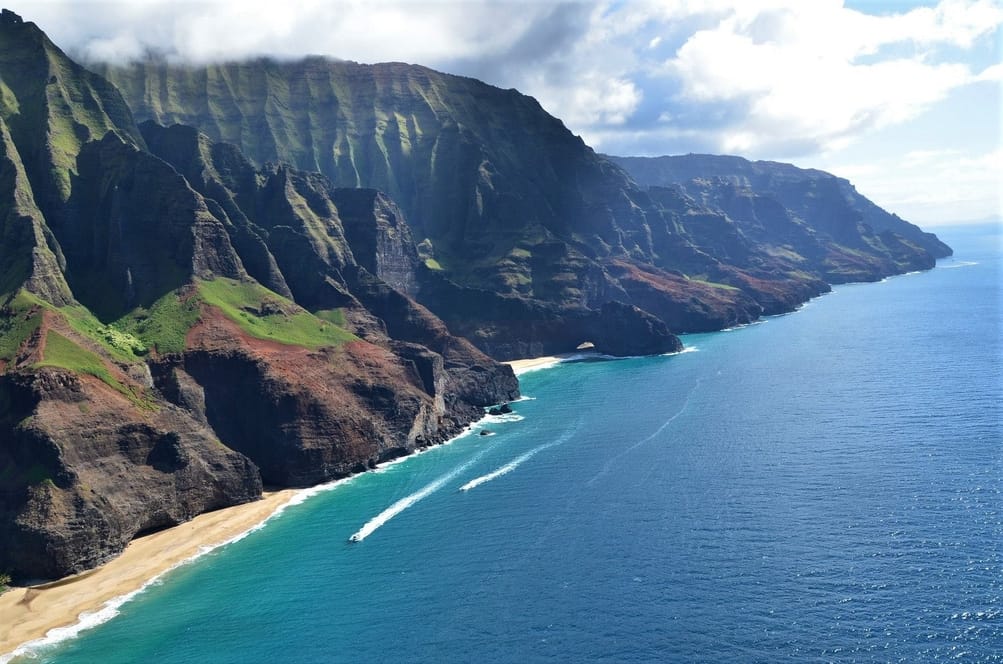
Ni’ihau Island
The island of Ni’ihau, 17.5 miles off the west coast of Kauai, is visible in the haze. Ni’ihau is the smallest of the inhabited Hawaiian Islands, at just over 70 square miles. Its Native Hawaiian population is only around 160 persons. It’s been known as the Forbidden Island for a long time because it’s privately owned and mainly off-limits to outsiders. You can, however, sail along its quiet shore, anchor in some of its bays, and go diving in the pure turquoise sea. Set sail from Port Allen (Kauai) and cruise through the picturesque Na Pali Coast and over to Ni’ihau, with stops along the way. You may snorkel off the coast of Ni’ihau and see dolphins, Hawaiian monk seals, and, in the winter, massive humpback whales.
Consider sailing to Lehua Crater off the coast of Niihau via the 17-mile Kaulakahi Channel. Because the crescent-shaped crater is a State Wildlife Sanctuary, there are numerous marine birds, including endangered and native species. You’ll adore the “keyhole” rock formation at Lehua Crater, which is one of the nicest sights to see.
Oahu Island
O’ahu, “the Gathering Place”, is the third-largest island in the Hawaiian island chain. A multi-day sailing experience in Hawaii begins on Oahu. Then, you can continue across the Kaiwi Channel to the windward neighbor islands of Molokai, Lanai, Maui, or the Big Island. Longer blue water crossing through the Kauai channel to the west is conceivable if the conditions are right. Crossing the channels to the neighboring islands to the east of Oahu is a once-in-a-lifetime opportunity to see Hawaii.
A sailing adventure from Oahu may begin with a short journey to Keehi Lagoon, which is further than Waikiki. If you want to circle Oahu, it’s advisable to do so in the opposite direction. You can sail downwind for a while after passing through Mokapu Point. But, then you have to motor through the tiny Sanpan Channel and head into Kaneohe Bay. The Ko’olau mountain range surrounds Kaneohe Bay, making it a stunning sight. The majority of the bay, however, is a lee shore with many reefs around. The popular Kaneohe Sandbar is located in the middle of the bay. The Sandbar is a great spot to take a break and roam around, as well as a safe area to anchor for the night. You can continue sailing along the windward coast. Then, pass the northern Kahuku Point and finally anchor to and explore ashore the beautiful Waimea Bay.
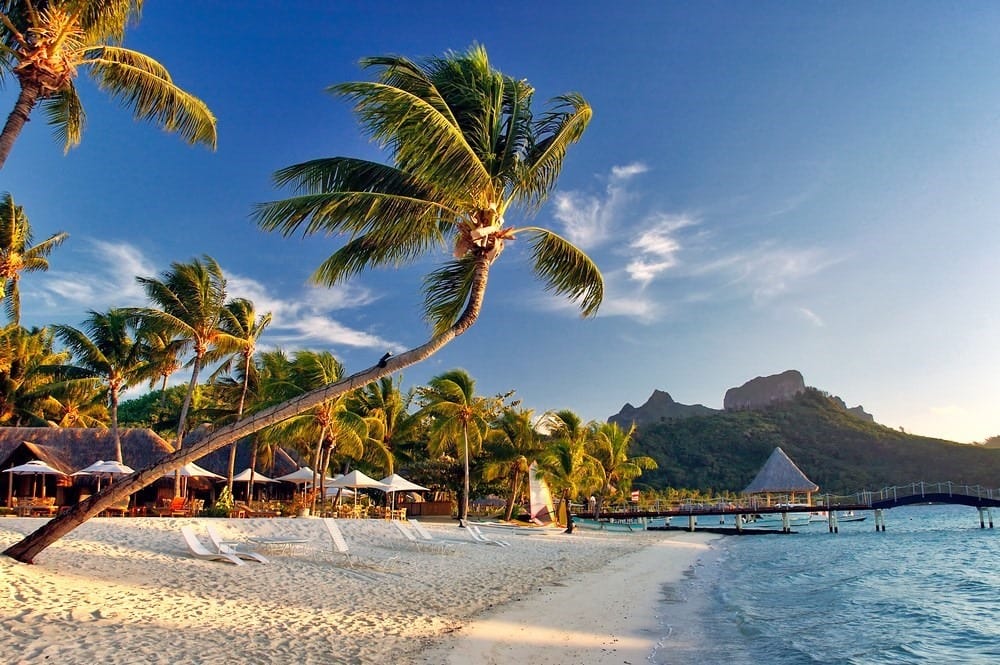
Moloka’i Island
It’s a 25-nautical-mile upwind beat against the trade winds from Oahu to Molokai across the Kaiwi Channel. You can reach Lono Harbor, in the southwest corner of the island of Molokai. But, keep in mind that you have to leave Oahu early in the day. Lono Harbor is an abandoned barge harbor that is deserted yet sheltered. It is ideal for practicing med mooring, enjoying your dinner onboard, and stargazing at night.
Molokai is Hawaii’s fifth-largest island and it is only 38 miles long. However, it boasts the world’s highest sea cliffs and longest continuous fringing reef. Molokai stays faithful to its island roots, with a large percentage of the people descended from Native Hawaiians. These people, thanks to their love of the land, have maintained their agricultural lifestyle. Consider visiting Kalaupapa National Historical Park and Papohaku Beach, one of Hawaii’s largest white-sand beaches. If you’re a history and nature lover, then Moloka’i is a must-visit island!
Lanai Island
The island of Lanai is a short day sail from Lono Harbor (Molokai), and the Nanahoa pinnacles are the first stop on the leeward west side of the island. The pinnacles are a unique rock feature that breaks away from the towering cliffs and protects this tranquil harbor. The sandy bottom and shallow water depth are ideal for anchoring and stopping for lunch and a swim. Continuing on from Nanahoa, you will circle the island’s south cape and arrive at Manele Bay, Lanai’s lone recreational marina. There are no slips available in the marina, but if you’re lucky someone will give you one.
The goal is to arrive in time to walk to Hulopo’e Beach and do the cliff walk in time for the sunset. Lanai is home to protected marine reserves and to populations of Hawaii’s notably native marine species. There’s also a mix of renowned scuba diving and snorkeling destinations. Even though some parts of Lanai have luxurious resorts there’s serenity everywhere on the island as it is the least inhabited of all the islands. Subsequently, it attracts fewer visitors.
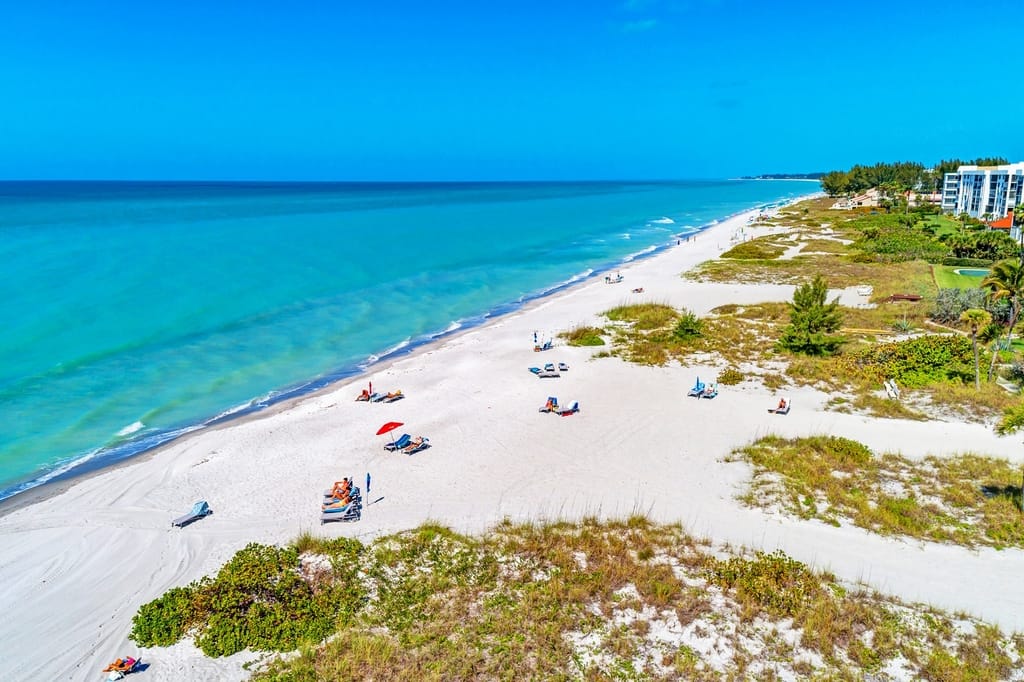
Weather Conditions in Hawaii
Sailing in the Hawaiian Islands can be challenging. And, many people claim that if you can sail in Hawaii, you can sail practically anyplace in the world. The direction and strength of the winds there are highly complex and varied, as indicated by the wind and weather conditions. In fact, the winds in Hawaii are so distinct, each with its own characteristics. The ancient Hawaiians gave the winds on the island of Maui over 30 names. When you consider other aspects of sailing, such as currents, wave direction, and the rotation of the stars, it’s easy to see why the Polynesian navigators were some of the best in the world.
Because Hawaii Island is so large, residents refer to it as Big Island. And, this alludes to something larger than its square area. Big Island’s geography climbs sharply from sea level to 13,796′, where the summit of a dormant volcano named Mauna Kea is only 15 miles from the shore. Also, Big Island also has the world’s largest mountain, Mauna Loa, measured from seafloor to summit! The island of Hawaii is so physically significant that it contains ten of the Earth’s fourteen climate zones.
Easterly trade winds of 12 to 18 knots are common in the Hawaiian Islands. When cold fronts approach from the northwest, northerly winds can also affect the islands. Depending on the regional barometric wind field and whether you’re sailing in the lee of a volcanic mountain, winds between 5-35 knots are common in the area. In the summer, trade winds from the northeast are also common. But, the weather in Hawaii can shift fast and dramatically, making it anything but normal. Sailing smartly entails keeping a close eye on the weather and knowing where your safe harbors are along any given voyage.
Around June is the best time to cruise to Hawaii. This is because the summer temperatures are great and the hurricane season hasn’t started yet. Hurricanes tend to occur in July. If you sail in April it can be fairly cold. Hurricanes are simple to notice far in advance of their arrival, allowing you plenty of time to prepare. Note that hurricanes stay between 10 and 20 degrees North latitude. And, you won’t actually get into storm territory because Hawaii is at 19 degrees north.
